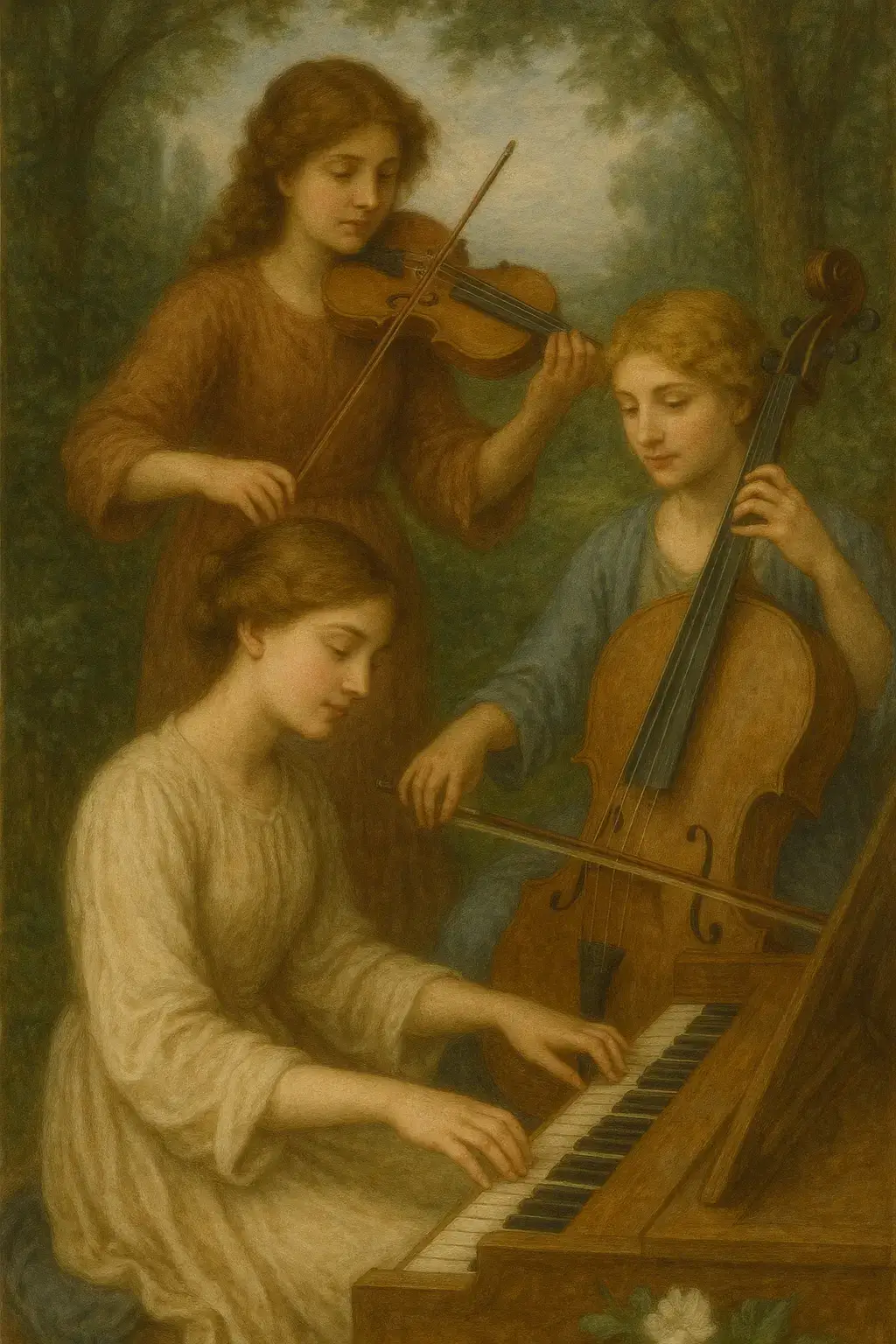Kedipan biawak
Region: ID
Tuesday 14 October 2025 01:59:43 GMT
23523
1377
26
142
Music
Download
Comments
女神 :
buattt ahhh besokk asik soalnya
2025-10-16 17:20:22
1
r :
asik🔥👍
2025-10-14 15:11:25
0
thelovetaar1 :
masiii sepii nii
2025-10-14 02:04:02
8
xxyddgh :
sound old mantap2 emg banggg
2025-10-15 01:13:21
0
𝘄𝘄𝘄.𝗴𝗮𝗯𝘂𝘁𝘄𝗲𝗵.𝗰𝗼𝗺 :
MASIH ANGET NIH SOUND NYA
2025-10-14 04:39:03
2
korizen_kirana imut🎀 :
asekkk nihh
2025-10-14 02:06:07
5
𝐓𝐇𝐄 𝐁𝐋𝐀𝐂𝐊 𝐃𝐄𝐕𝐈𝐋 :
pertama, dapat apa nih? 🤭
2025-10-14 02:04:03
3
𝘼𝙕𝙈𝙄sukaMatcha🥀 :
sepi nih
2025-10-14 02:13:04
2
mmeyy :
sebelum ribuan😋
2025-10-14 02:32:48
2
nayyyyyyy :
ke limaa dapet apa
2025-10-14 02:11:50
1
𝐍∆𝐍 🦅 :
terakhir dapet apa
2025-10-14 02:11:10
1
🧚♀️pp pink🧟♀️🔥 :
ke 9
2025-10-14 05:08:14
0
isna :
🤗🤗🤗🤗🤗🤗🤗🤗🤗🤗🤗🤗🤗🤗🤗🤗🤗🤗🤗🤗🤗🤗🤗🤗🤗🤗🤗🤗🤗🤗🤗🤗🤗🤗🤗🤗🤗🤗🤗🤗🤗🤗🤗🤗🤗🤗🤗🤗🤗🤗🤗🤗🤗🤗🤗🤗🤗🤗🤗🤗🤗🤗🤗🤗🤗🤗🤗🤗🤗🤗🤗🤗🤗🤗🤗
2025-10-14 12:34:03
1
isna :
🤗🤗🤗🤗🤗🤗🤗🤗🤗
2025-10-14 12:26:54
1
qiyuut🪐 :
😋
2025-10-15 03:24:21
0
Slalu ' always :
☹
2025-10-14 08:38:35
0
ellapaddila_ :
kumisnya🫰
2025-10-14 16:15:54
0
To see more videos from user @kedipanbiawak, please go to the Tikwm
homepage.





